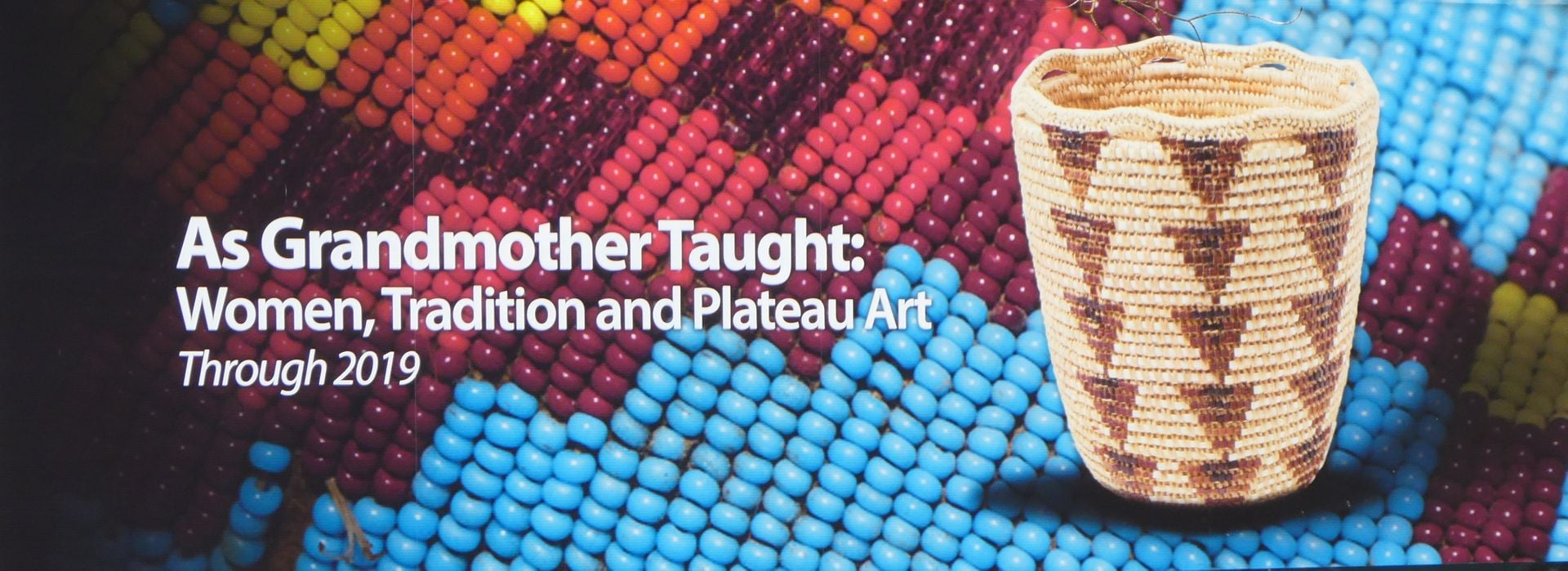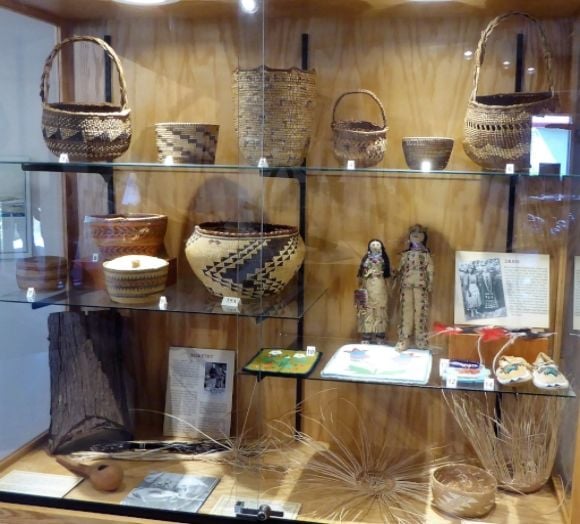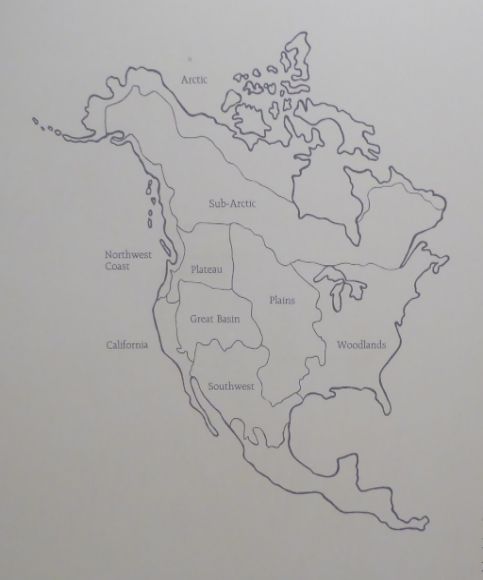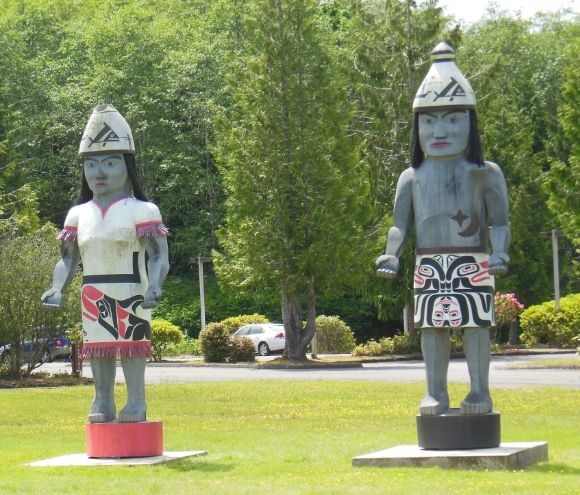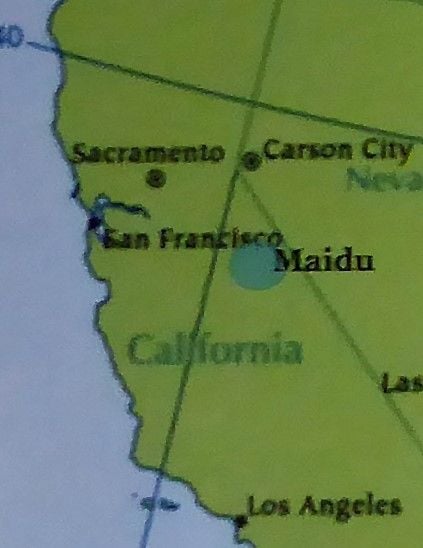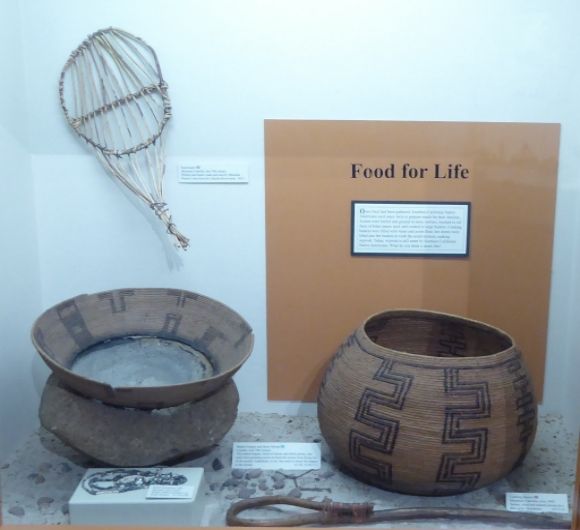Some Plateau Beaded Bags (Art Diary)
As Grandmother Taught: Women, Tradition and Plateau Art was a special exhibit at the Northwest Museum of Arts and Culture in Spokane, Washington. The Plateau Culture Area is basically the area between the Cascade Mountains and the Rocky Mountains. The Columbia River Plateau is shown above. According to the Museum display: “Women have been the … Continued
